DeFi
Is DeFi different from Web3?
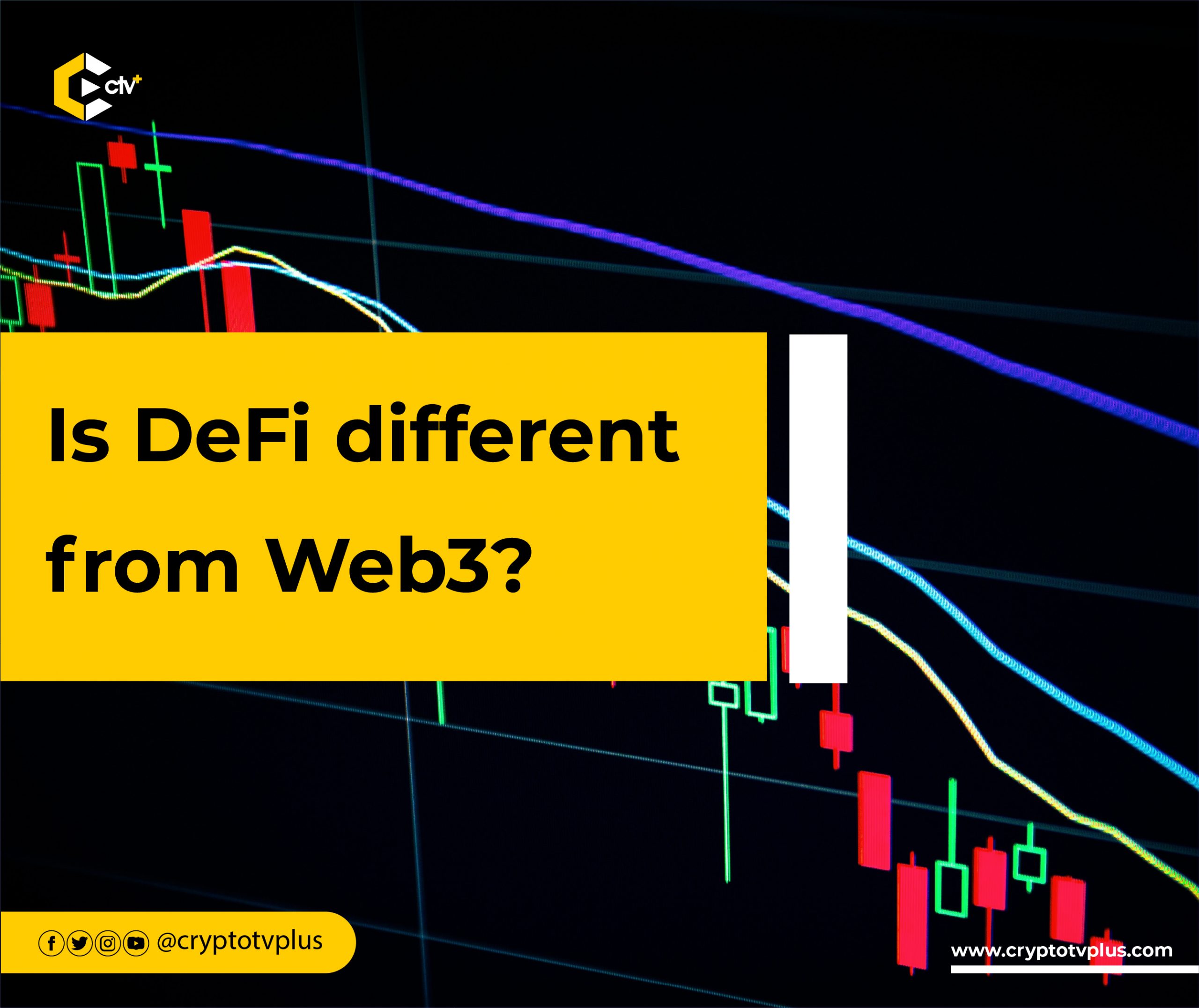
You’ve heard of Web3, and you’ve heard of DeFi. But are they the same? If they are not, how are they different? Let us break it down for you.
Web3 & DeFi.
DeFi is a rapidly emerging financial system built on Web3, that offers investors new methods of value, liquidity, and utility that are not present in traditional financial systems today.
Web3 on the other hand is a new paradigm or a new phase of the internet that relies on blockchain technology, majorly for data-centric purposes. Its alignment with blockchain technology is aimed at making the internet that provides new forms of value and utility that aren’t present in conventional financial systems.
In essence, DeFi and the decentralized internet (Web3) are two separate but related areas of technological innovation. They both involve creating an alternative version of the internet or finance that is more decentralized and secure than their centralized counterparts. The main difference between Web3 and DeFi is that DeFi is built on top of existing smart contract platforms, such as Ethereum, while Web3 is built on the internet itself.
What is Web3
The internet since its invention has accelerated the growth and development of society, enabling businesses to be conducted at an impressive speed without having to journey across the ocean. It had impacted every aspect of human civilization and continues to. However, the internet as we know it today didn’t just manifest. It went through several evolutions namely Web1, Web2, and Web3.
Web1 is the first iteration of the internet from the 1990s to the 2000s. Websites mainly consisted of static HTML pages and were not interactive. There was no infrastructure set up to accommodate financial transactions. Web 2 is when the internet started to become more interactive. It’s an era characterized by mobile applications, social media, and online content consumption. Fiat transactions over the internet were made possible. During this time, however, there were several security holes, such as data privacy breaches and major hacker attacks. People had had enough of trusting third parties with their personal information only to discover that they were selling it. Web3 is the latest iteration of the internet that addresses the problems seen in web2. Instead of relying on enterprises, Web3 provides users with a sense of ownership through blockchain technology. With decentralization at the forefront, Web3 saw the emergence of Bitcoin (BTC) and other cryptocurrencies, decentralized apps (DApps), and DeFi.
With Web3, users will once again have control over their data, thanks to decentralized technologies. They will also have complete discretion over what parties get access to their information.
What is DeFi & How does it work?
Decentralized finance is a type of financial system that runs independently of a central authority, such as a bank, and allows users to conduct financial transactions directly with one another through a Blockchain-powered medium. This comprises peer-to-peer (P2P) transactions like lending and loans that are controlled by smart contracts.
DeFi is an effort to address the limitations of centralized financial institutions, such as banks, that are deemed to have too much control over our data and assets. DeFi is permissionless in that it allows all users the ability to participate in the system, and transactions do not need to be authorized by an institution. DeFi has one more inherent characteristic: transparency; it allows all transactions to be in the purview of everyone in the system.
Some major components of the DeFi Ecosystem are:
Layer 1
Layer 1 is the base network or blockchain on which DeFi tokens, protocols, apps, and smart contracts are built. Examples of layer-1 networks include Ethereum, Bitcoin, BNB Smart Chain, and Polkadot.
Decentralized exchanges
A decentralized exchange (DEX) is a platform where users can buy, sell and trade digital assets without the involvement of a centralized system or authorized third parties. Rather than centralized organizations, smart contracts — self-executing contracts expressed in computer code — take their place.
Aggregators and wallets
Aggregators are decentralized interfaces that let users manage assets across various yield-farming platforms to maximize profits. For instance, RocketX and 1inch are aggregators that offer access to liquidity. On RocketX, one can swap from one wallet and receive tokens on a different wallet with a single click, allowing users to navigate through both centralized and decentralized platforms.
Decentralized marketplaces
Instead of an exchange, decentralized marketplaces allow users to carry out peer-to-peer transactions with one another without requiring an intermediary. At its core, a decentralized marketplace matches buyers and sellers of goods and services. Most of the important functions like executing trades and releasing funds are controlled by a smart contract or program instead of a person. Origin Protocol and the Origami Network are two projects that are providing decentralized marketplace services on the Ethereum blockchain. Both platforms also allow users easy and simple ways to manage listings, escrow, reviews, ratings, and buyers and sellers. Other Projects like Syscoin, a blockchain protocol or network, have a built-in platform for e-commerce and decentralized marketplaces. OpenBazaar acts as an application that is peer-to-peer or directly connects users of the application who want to trade.
How does Web3 Benefit DeFi
Web3 technology enhances the decentralized and secure nature of DeFi, enabling greater trust, transparency, and accessibility in the financial system.
With cryptocurrency popularity skyrocketing, more and more people are looking to participate in the system, whether it’s by owning, trading, selling cryptocurrency, or building cryptocurrency projects.
The growing interest has further accelerated the development of blockchain and Web3. However, a lot remains to be done. Web3 is thought to be the internet’s future and could change how money works.
The capacity to handle the volume of potential consumers wishing to support DeFi and digital transactions will be one of Web3’s advantages. Every year, there is significant growth in the number of internet users. These accounted for 5.07 billion people in 2022 or 63% of the world’s population. Therefore, as users switch to Web3 from Web2, the number of DeFi participants will also increase.
Moreover, the increasing popularity of using digital assets as payment is helping younger and newer generations become accustomed to living without cash. With how fast technology adapts, Web3 and DeFi will likely become a daily part of our lives in the near future.
Final thoughts
Web3 refers to a new version of the internet aided by decentralized technologies such as blockchain, peer-to-peer storage protocols, identity systems, etc., all of which help to power the new internet that gives control to users, making them the lords over their digital essence. DeFi, on the other hand, is the application of decentralized principles to finance, allowing anyone to become their own bank, and access financial services previously inaccessible as well as unlocking new value paths within the financial system and every connected aspect of human society. The success of DeFi and Web3 will depend on the continued development of blockchain technology and the willingness of individuals and organizations to adopt these new innovations. The future is uncertain, but the potential for a positive impact is significant.
What do you think about this article? Comment Below



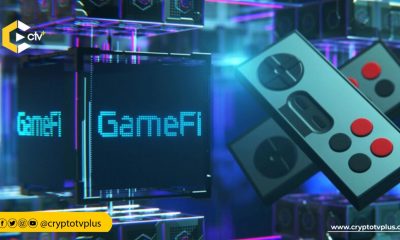

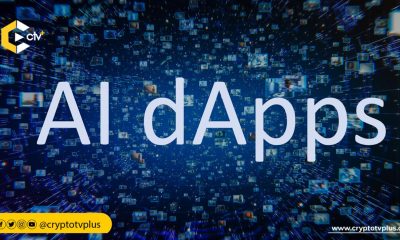



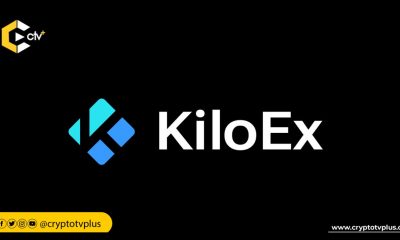

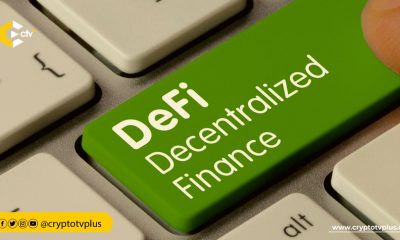

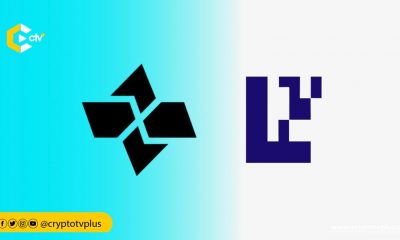











Pingback: Is DeFi different from Web3? by Chigozie Ohakwe Michael – CryptoTvplus Events: NFT, DeFi, Bitcoin, Ethereum, Altcoin Events